
UMCSAWM-UoM Four-Day Training Workshop on Irrigation Engineering, Hydraulics and Hydrological Modelling Systems for Applications in Water Resources Management at the UNESCO Madanjeet Singh Centre for South Asia Water Management (UMCSAWM), University of Moratuwa
UMCSAWM, in collaboration with
the Southern Provincial Irrigation Department (SPID), commenced the 4-Day
Training Workshop on Irrigation Engineering, Hydraulics, and Hydrological Modelling
this week. The program is designed to enhance the knowledge and skills of
engineers and technical officers in modern irrigation techniques, water
management strategies, and hydrological modelling applications.
Irrigation Workshop Day 1:
Exploring Fundamentals
The first day of the workshop
featured a series of interactive lecture sessions conducted by the UMCSAWM
& Department of Civil Engineering academic staff. Topics included the
historical development of irrigation and its relevance to modern water
management, methods for estimating water demand and soil-water balance,
strategies for improving irrigation scheduling and distribution efficiency, and
the socio-economic considerations of irrigation projects.
These sessions offered
participants both conceptual understanding and practical perspectives, laying a
strong foundation for the hands-on learning to follow in the coming days. The
workshop will continue with practical demonstrations at the hydraulic laboratory
and outdoor irrigation research facility, where participants will observe live
flow experiments and field-based irrigation practices.










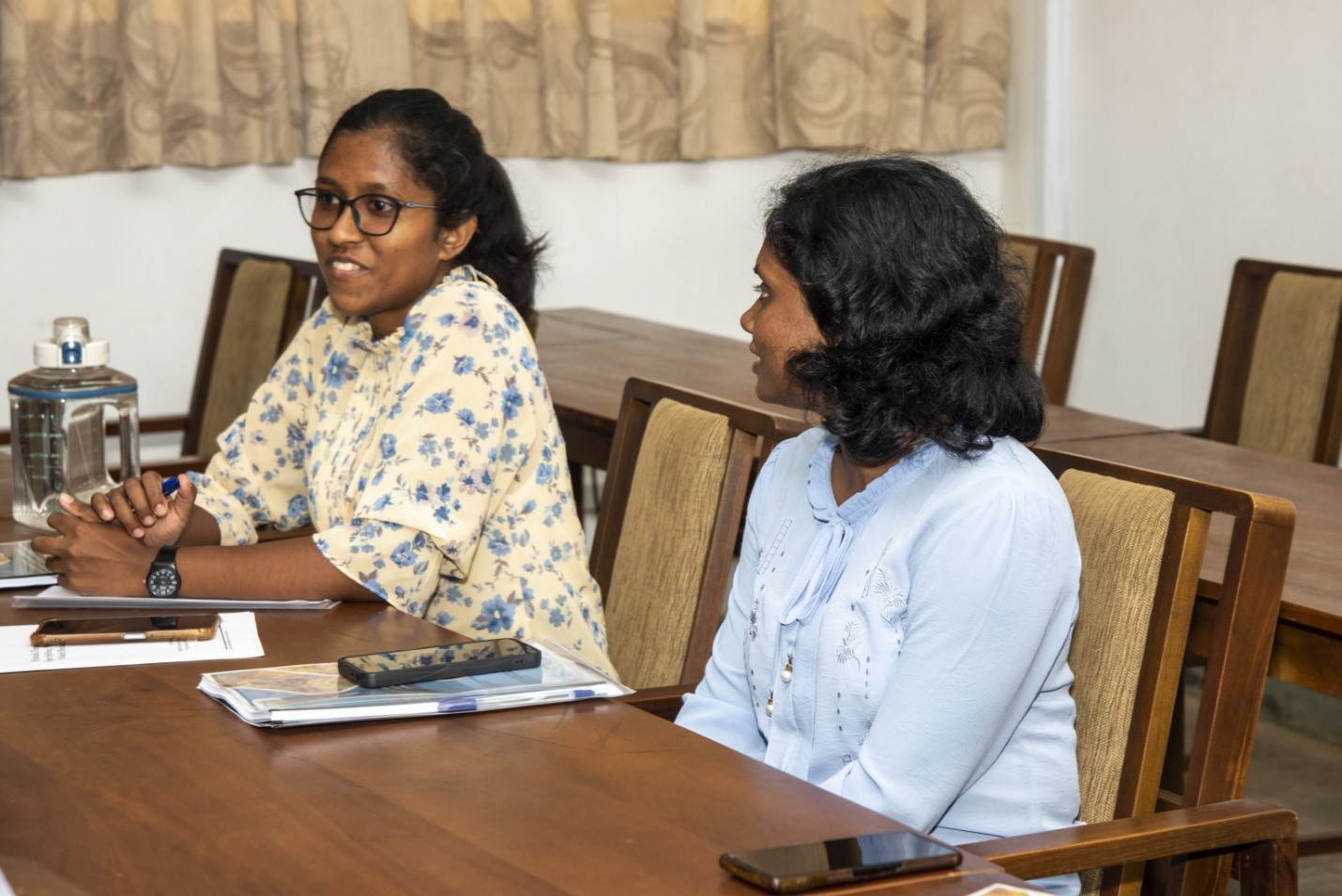
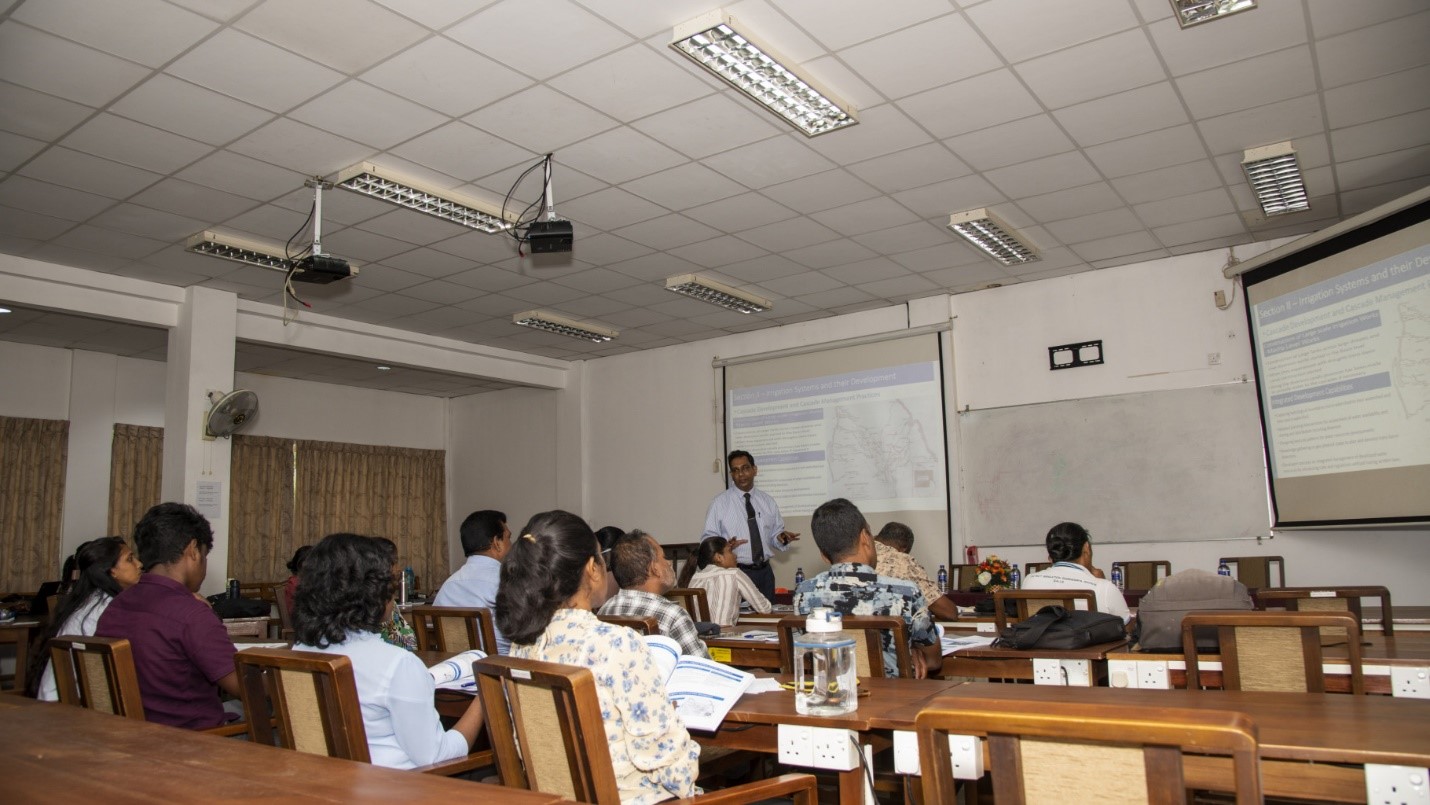
Irrigation Workshop Day 2: Practical Training in Hydraulics and Irrigation
The second day of the 4-Day Training Workshop on Irrigation Engineering, Hydraulics, and Hydrological Modelling focused on practical demonstrations at the hydraulic laboratory and the outdoor irrigation research facility. The sessions provided participants with the opportunity to apply theoretical knowledge in real-world contexts through a series of hands-on activities.
At the hydraulic laboratory, participants observed key hydraulic phenomena, including flow transitions, the formation of hydraulic jumps, and discharge measurement techniques. These demonstrations highlighted the importance of understanding flow behaviour in the design and management of irrigation systems.
The program then moved to the outdoor irrigation research facility, where participants examined the flow characteristics of lined and unlined canals, calculated Manning’s roughness coefficient, and compared discharge measurements using different types of weirs. These exercises emphasised the practical challenges and accuracy considerations that arise in irrigation design and field implementation.
The day concluded with a reflective session, allowing participants to share their observations and discuss the lessons learned. By combining laboratory-based demonstrations with outdoor applications, Day 2 provided a valuable link between classroom knowledge and field practice, strengthening the technical capacity of those engaged in irrigation engineering.
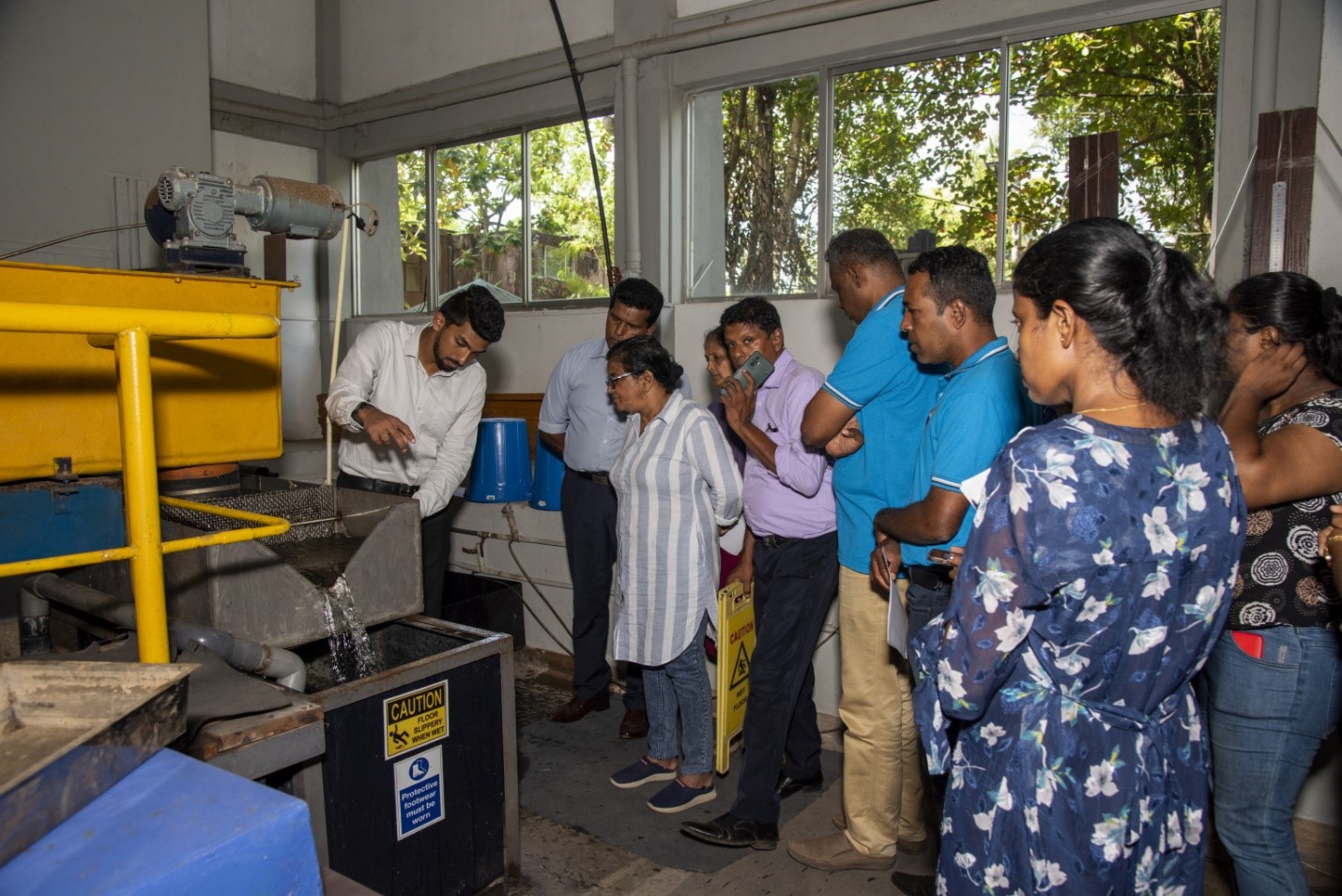
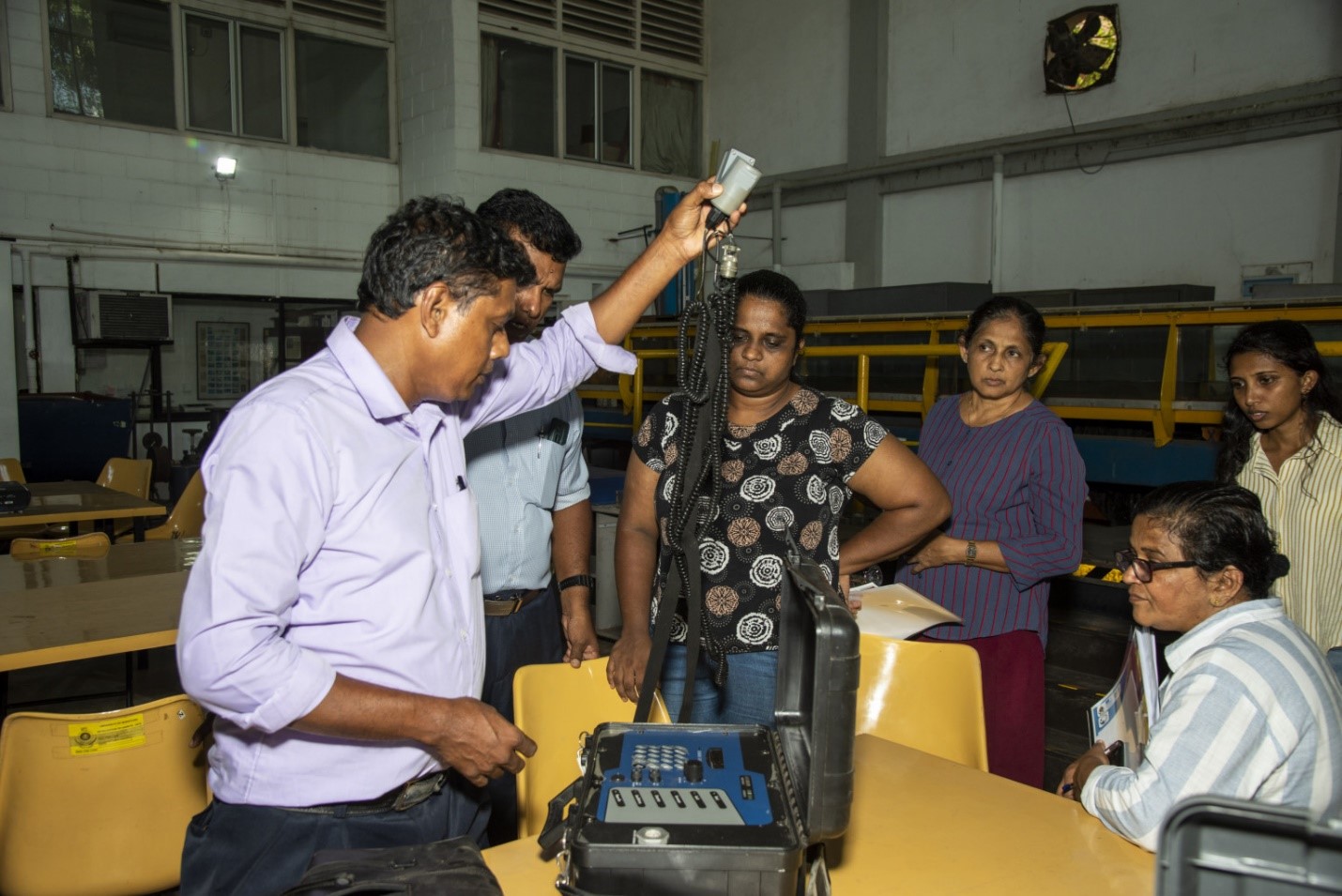
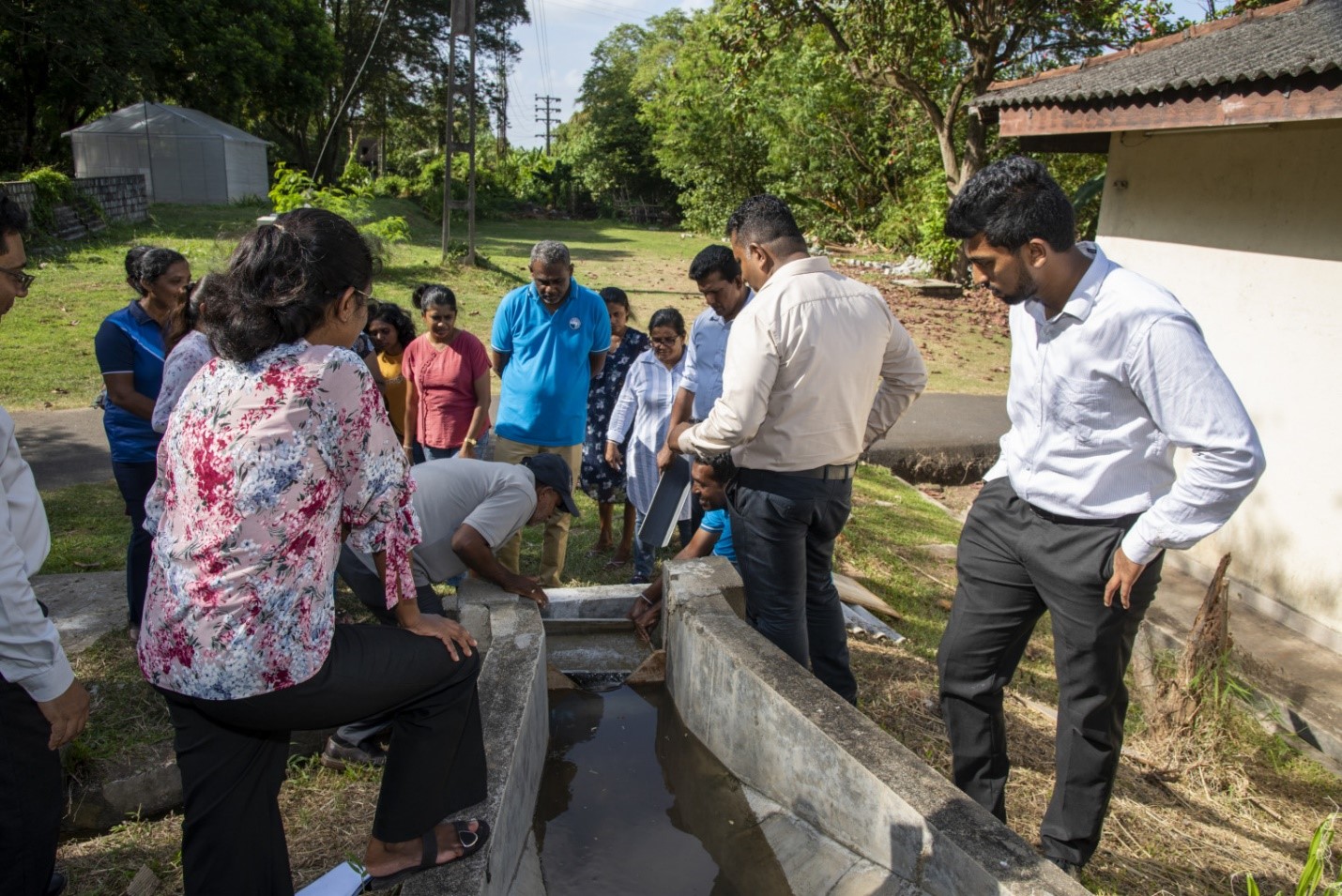
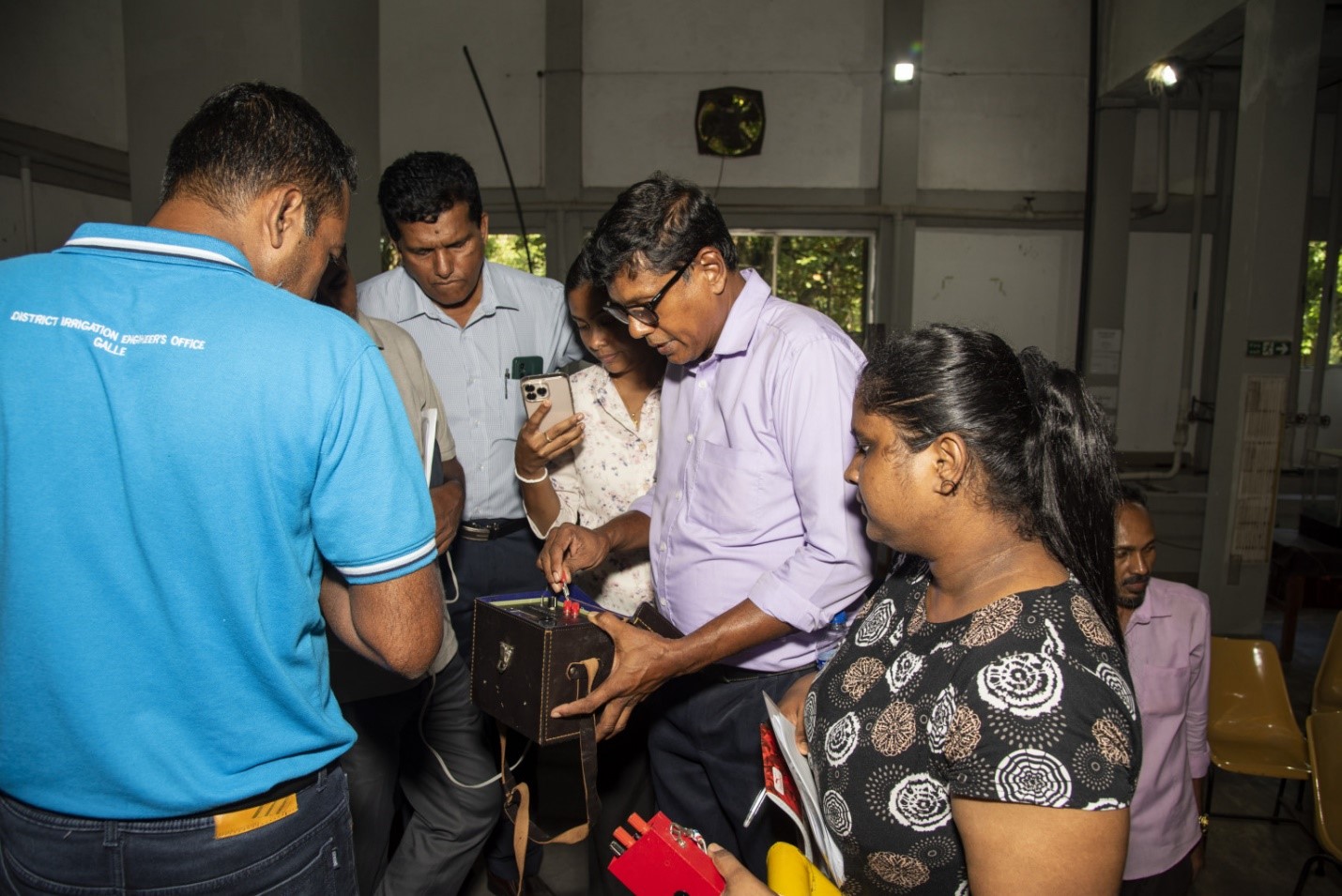
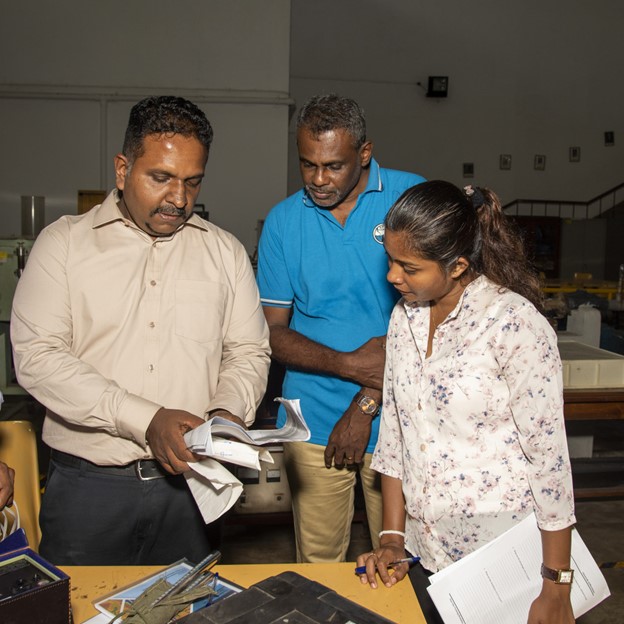
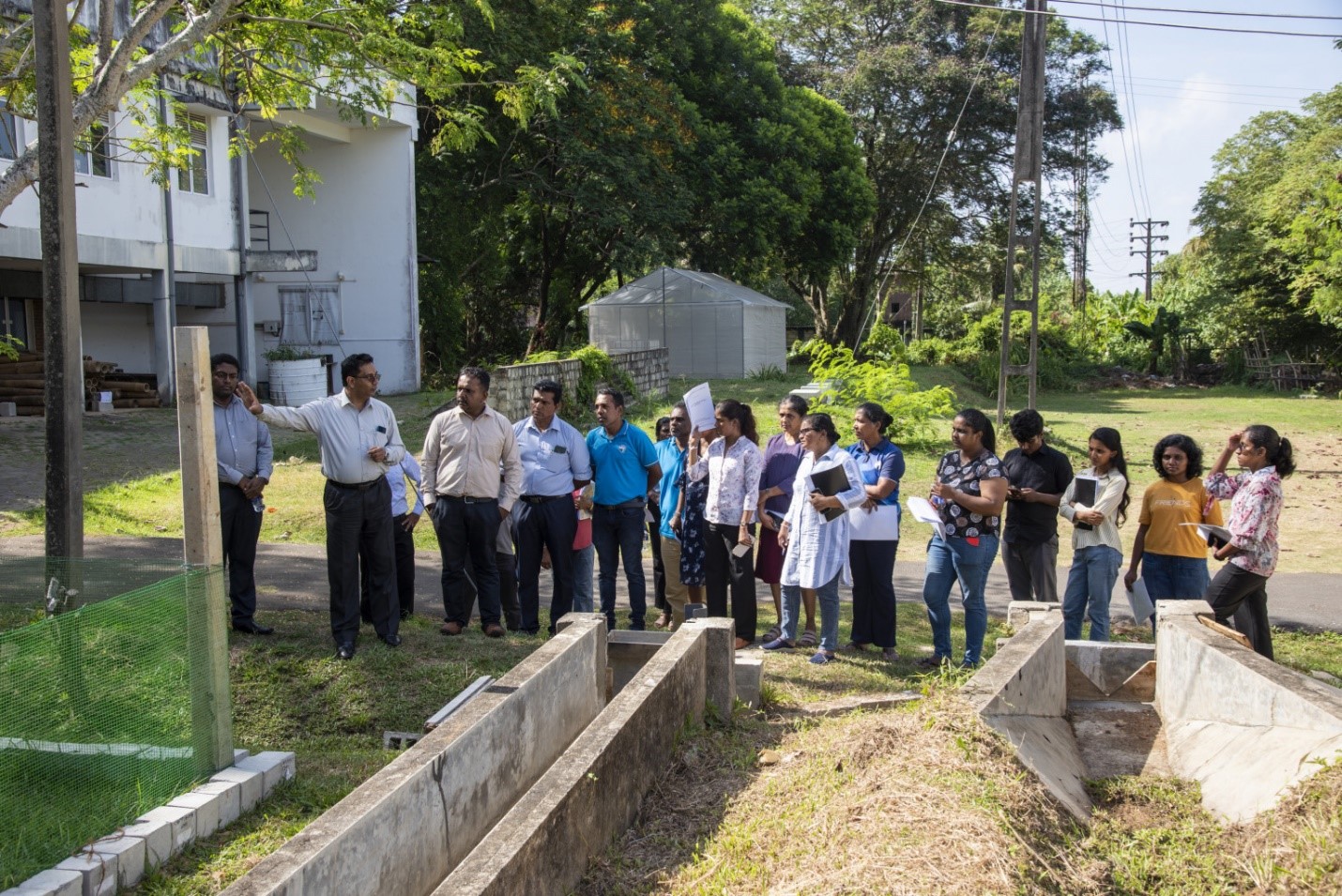
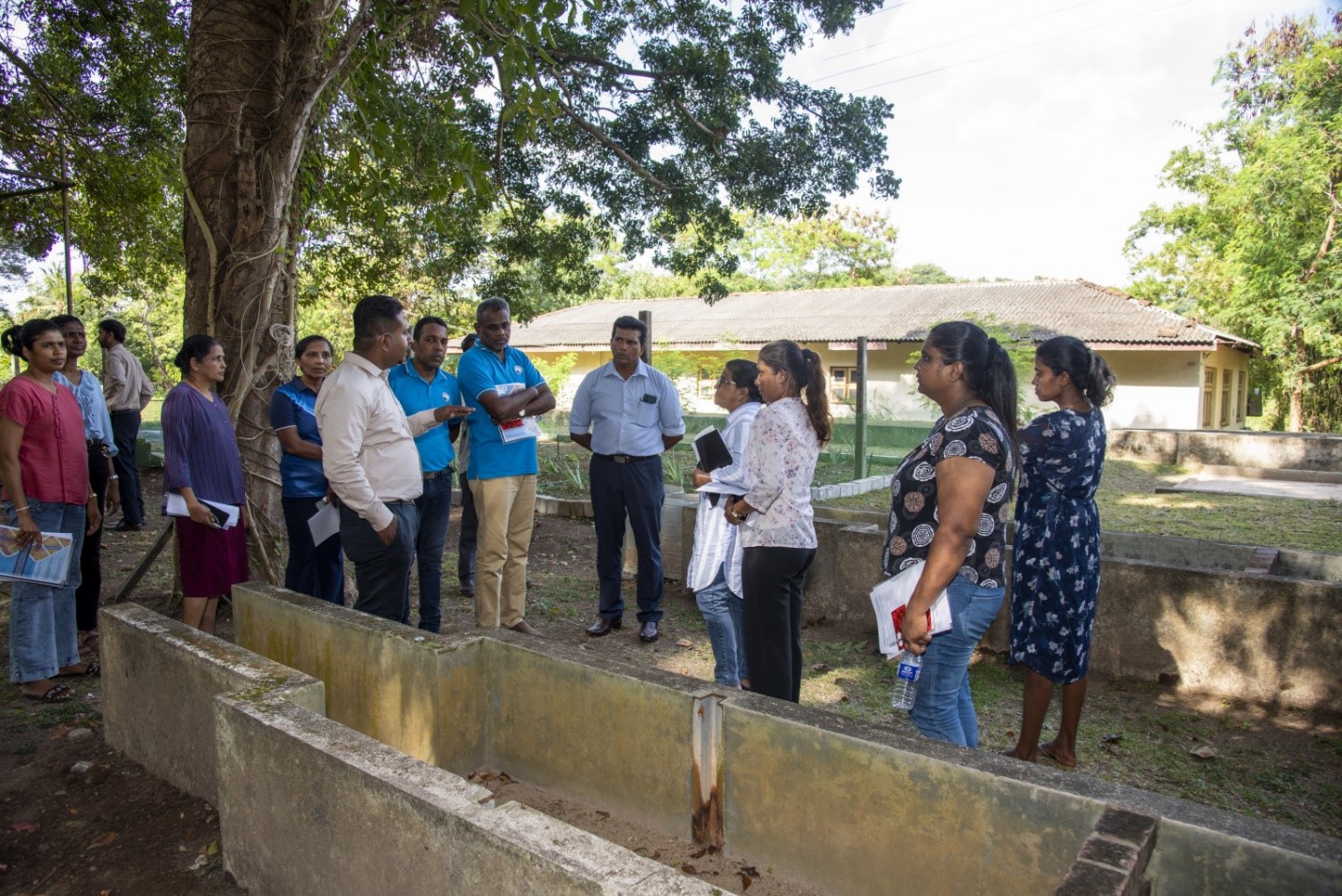
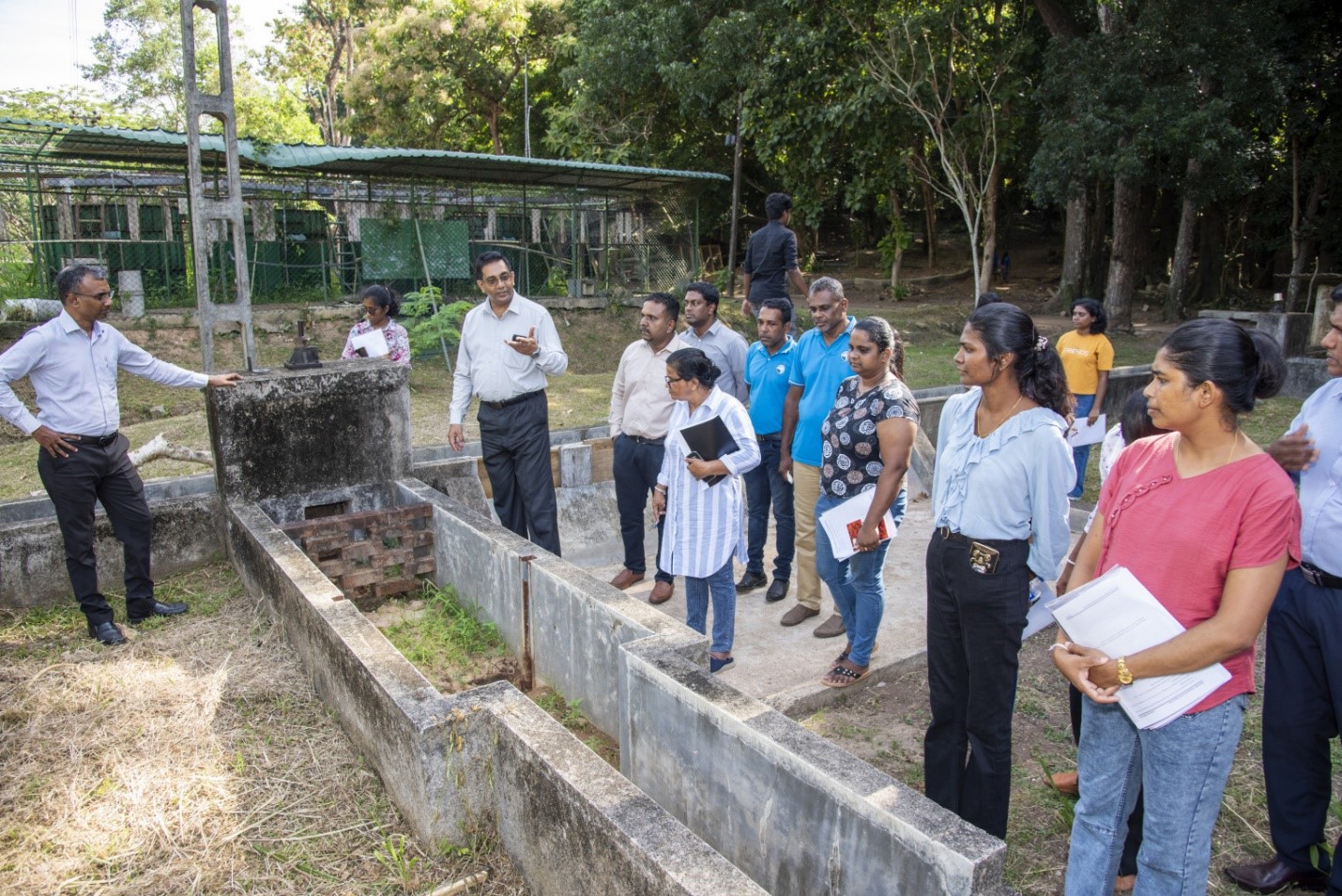
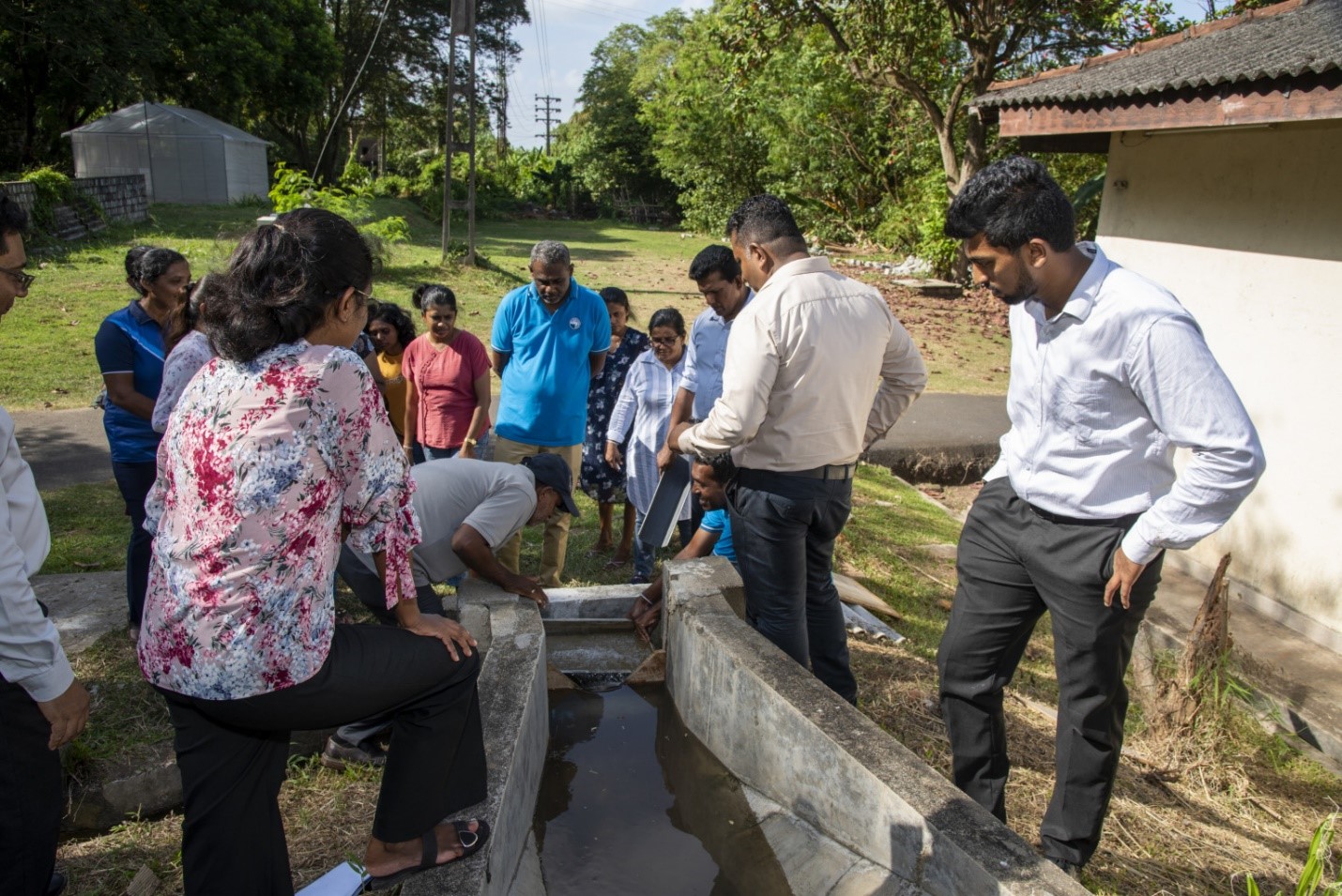
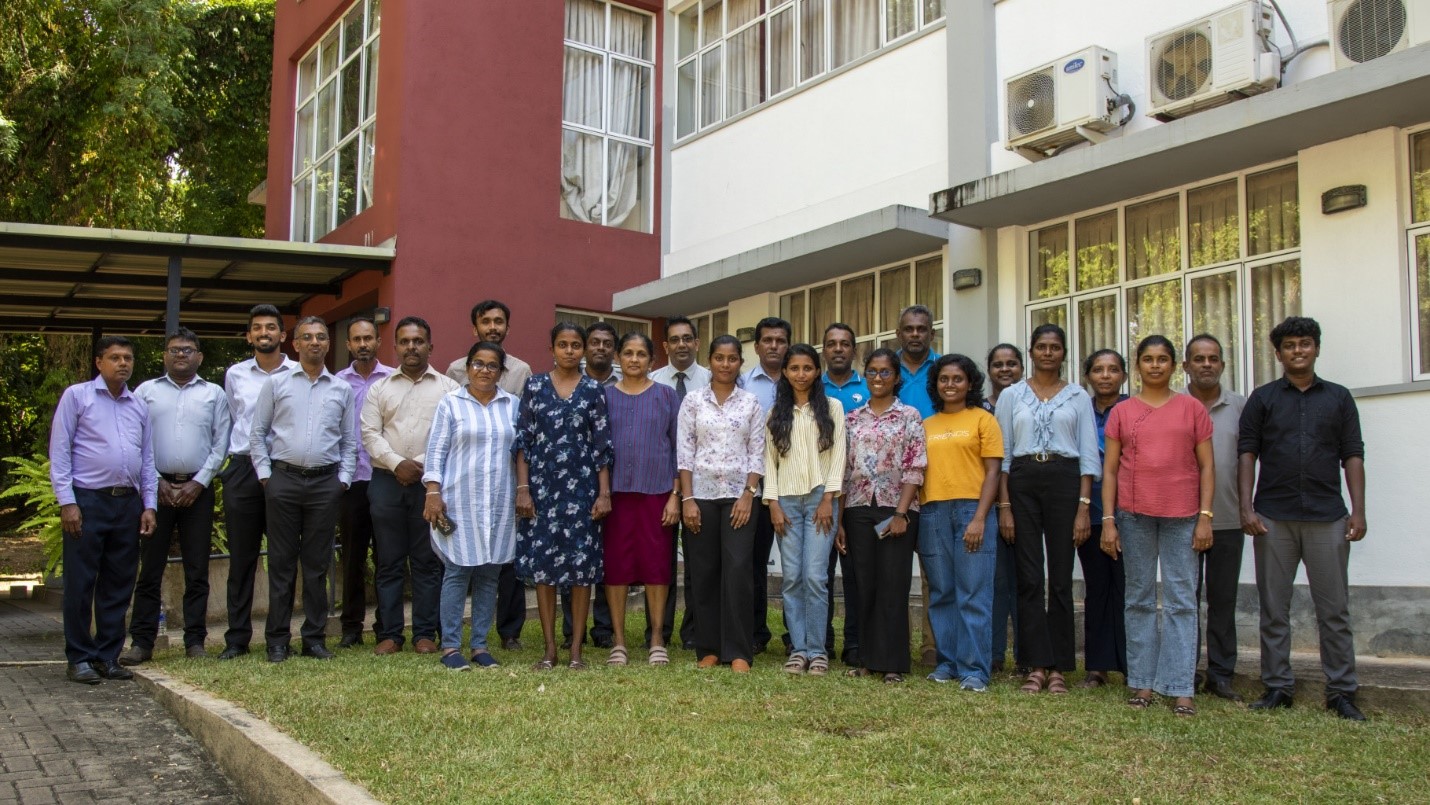
Copyright © 2025 UNESCO Madanjeet Singh Centre for South Asia Water Management
WordPress Theme by WPZOOM

